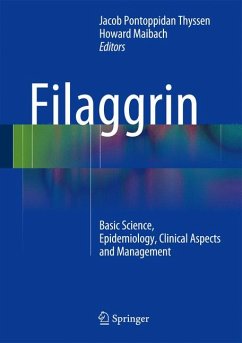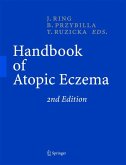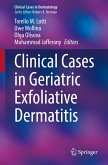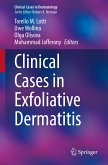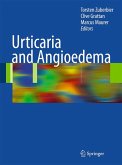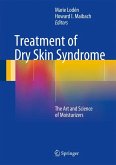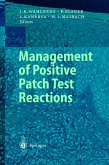Common FLG mutations, leading to reduced filaggrin expression, have mainly been identified in Europeans and Asians, reaching a prevalence of 5-10%. Even in the absence of atopic dermatitis, the skin of individuals with FLG mutations differs fundamentally from normal skin, for example by generating more vitamin D and allowing chemicals and allergens to more widely penetrate across the stratum corneum.
This textbook provides comprehensive and detailed coverage of the effects of filaggrin and filaggrin gene (FLG) mutations in health and disease (cutaneous and non-cutaneous) and also discusses the basic science, epidemiology, management, and future research areas. It will be of value to scientists and clinicians from different specialties.
Dieser Download kann aus rechtlichen Gründen nur mit Rechnungsadresse in A, B, BG, CY, CZ, D, DK, EW, E, FIN, F, GR, HR, H, IRL, I, LT, L, LR, M, NL, PL, P, R, S, SLO, SK ausgeliefert werden.

